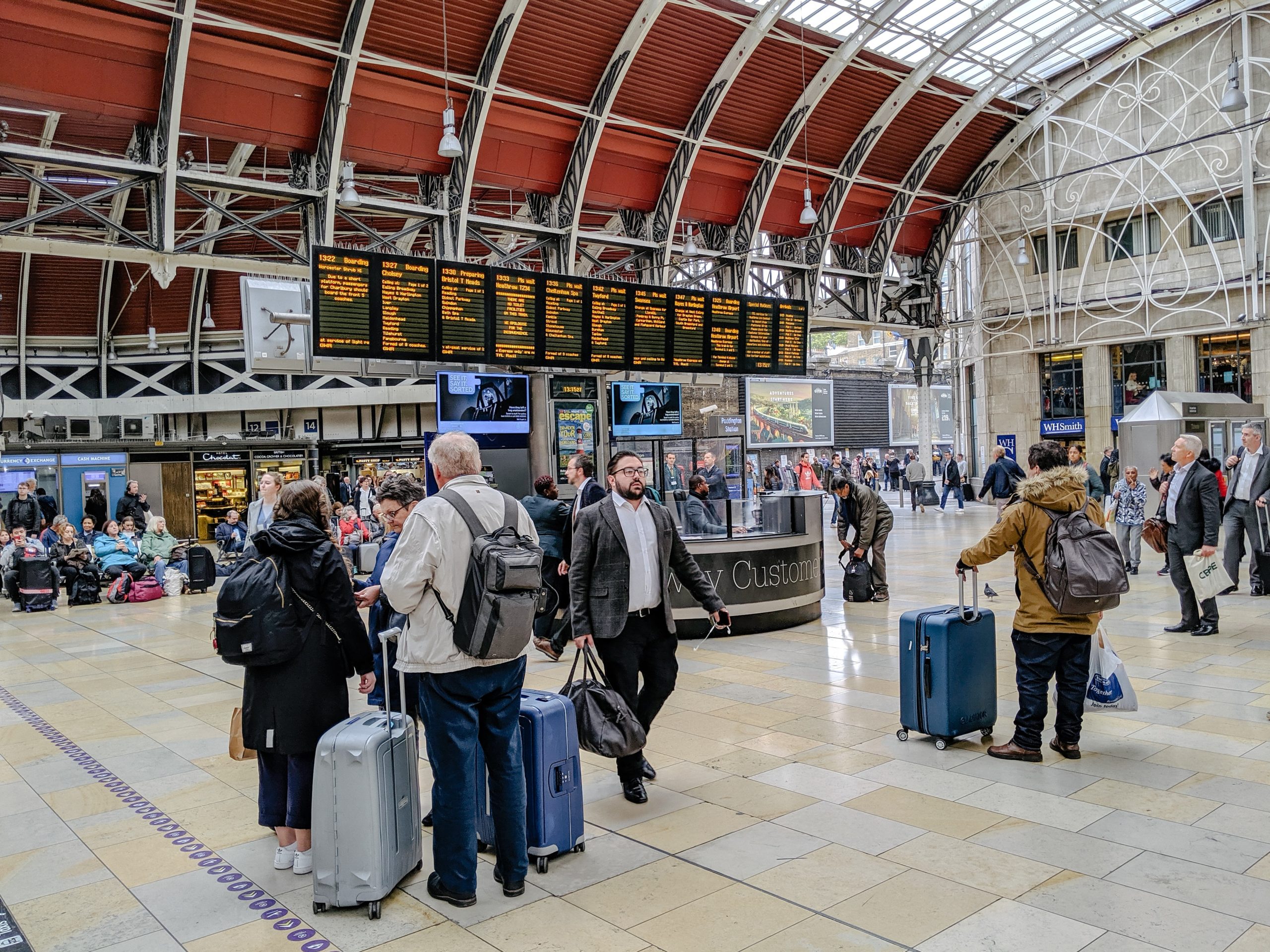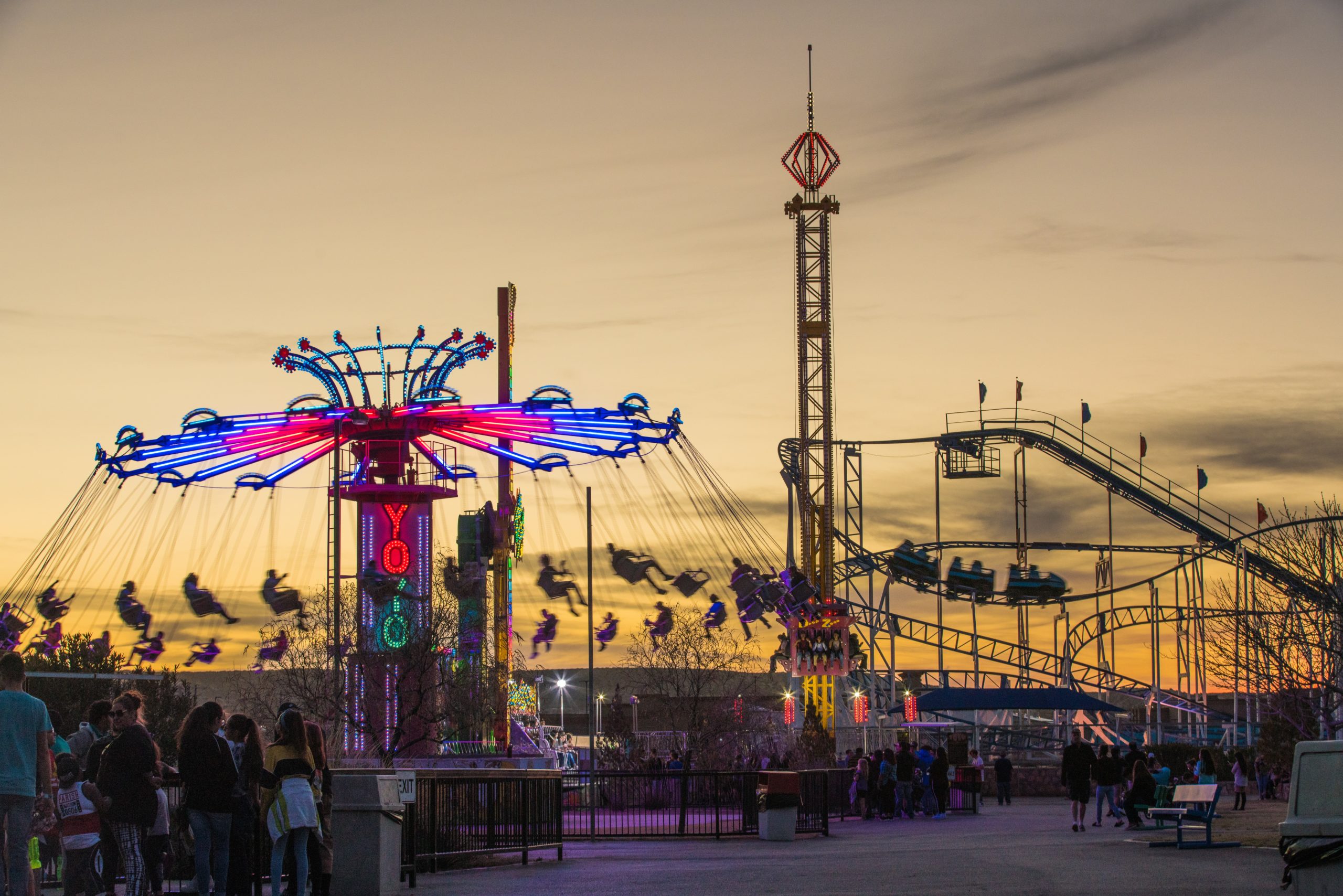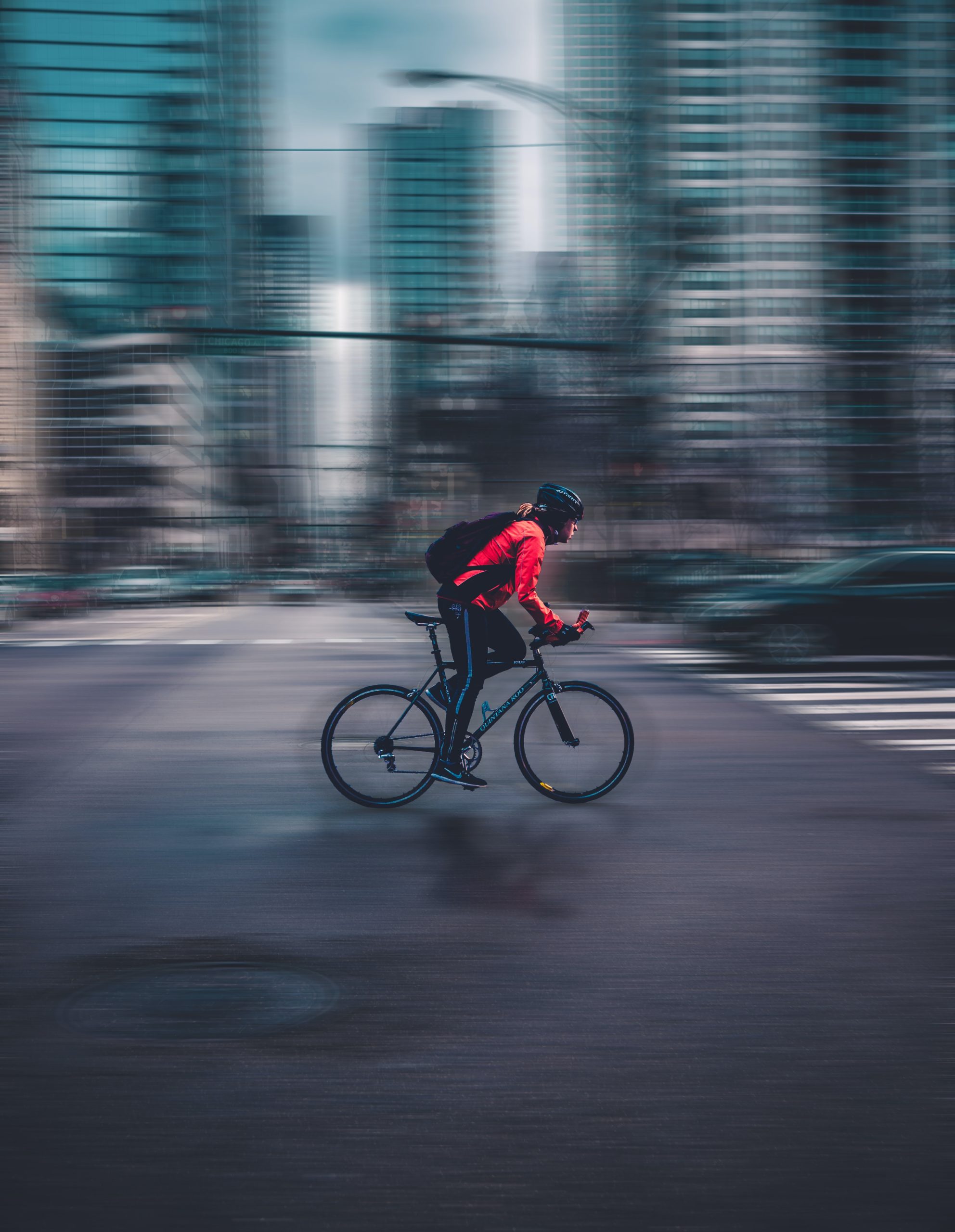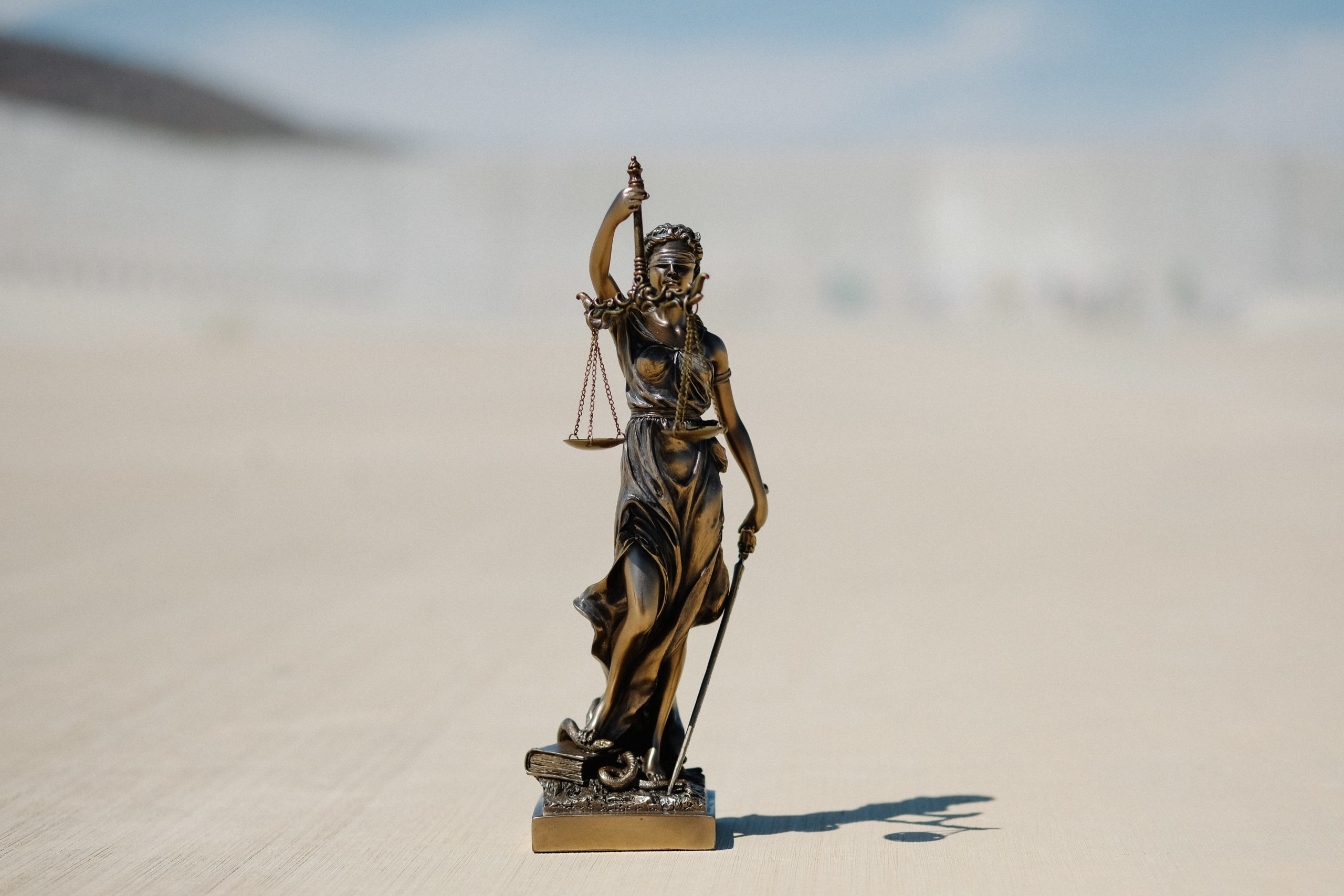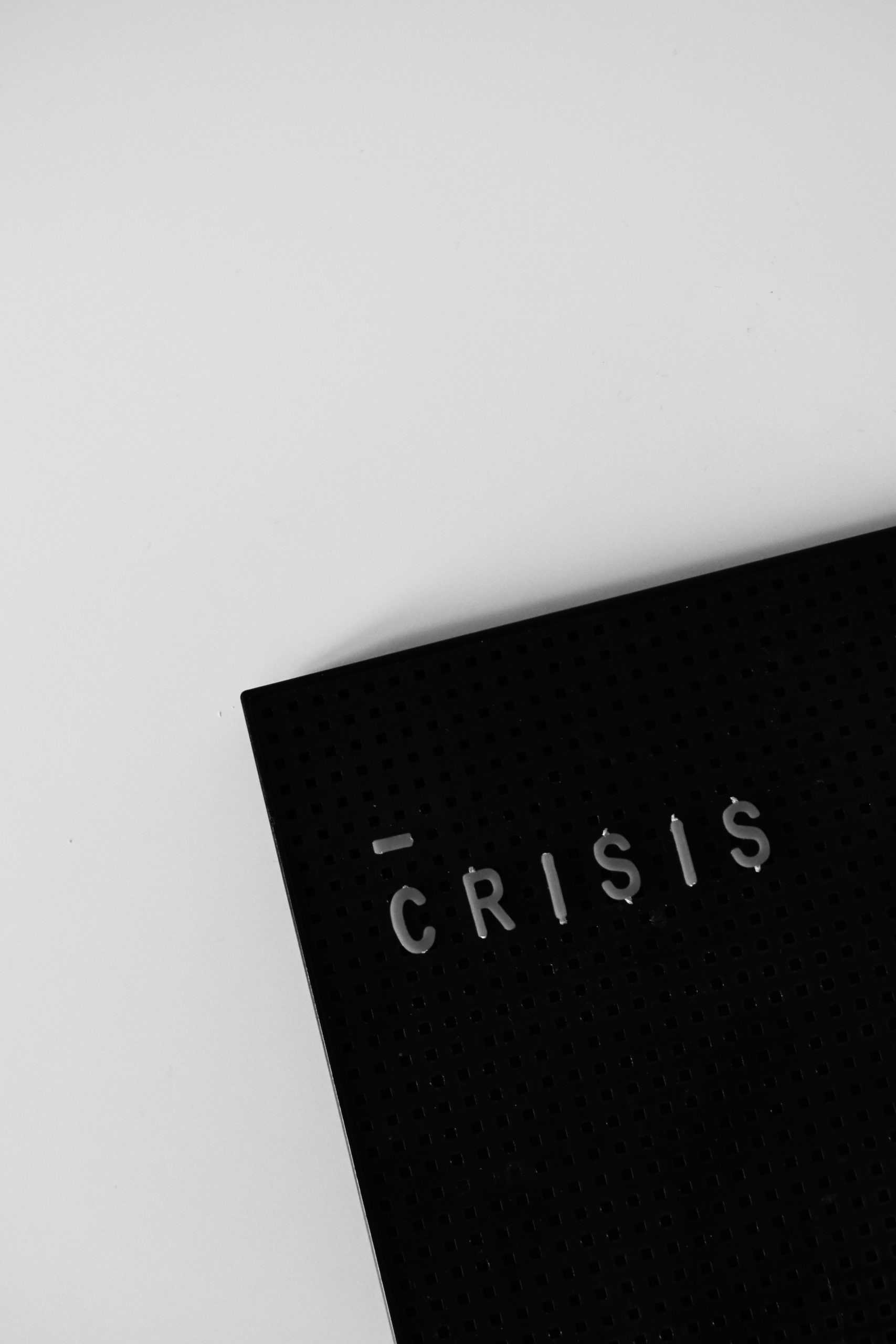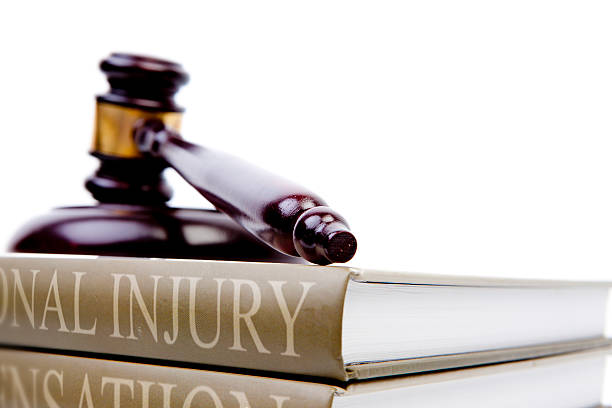Airports and train stations serve as bustling hubs of transportation, connecting people from all walks of life. Amidst the constant motion and busy crowds, slip and fall accidents can occur, posing a threat to visitor safety. Uneven surfaces, spilled liquids, and inadequate lighting are just a few factors that contribute to these incidents. Let’s explore the potential causes of slip-and-fall accidents in airports and train stations, and delve into the responsibilities of the entities involved.
Busy Environments, Hidden Hazards:
Airports and train stations witness a steady stream of foot traffic, with travelers rushing to catch flights or trains, and staff focused on their duties. In such fast-paced environments, hazards that lead to slip-and-fall accidents can lurk in unexpected places. Uneven flooring, loose tiles, poorly maintained walkways, spills from food or beverages, and inadequate lighting are among the factors that contribute to these incidents.
Responsibility: An Intersection of Entities:
Determining responsibility for slip and fall accidents in airports and train stations can be complex. Depending on the circumstances, liability may rest with different entities involved in the operation and maintenance of these facilities.
Let’s explore some potential parties who may bear responsibility:
Airport or Train Station Operators:
The operators of airports and train stations have a legal duty to provide a safe environment for passengers and visitors. This responsibility includes regular inspections, prompt repairs of any hazardous conditions, and adequate lighting in public areas. Failure to meet these obligations could make the operator liable for slip-and-fall accidents that occur within the premises.
Maintenance Staff:
Maintenance personnel play a crucial role in ensuring the safety of airports and train stations. They are responsible for identifying and rectifying potential hazards, such as uneven flooring or damaged walkways. Regular inspections, timely repairs, and thorough cleaning protocols are essential in reducing slip and fall risks. If maintenance staff neglect these duties, they may share responsibility for accidents.
Airlines or Train Companies:
In some instances, the responsibility for slip-and-fall accidents in airports or train stations may fall on individual airlines or train companies. For example, if a passenger slips on a wet substance originating from an airline or train company’s refreshment cart, the responsibility may lie with that specific entity. These companies are expected to maintain a safe environment within their designated areas and take necessary precautions to prevent accidents.
Legal Considerations:
When pursuing a slip-and-fall claim in airports or train stations, various factors come into play. Courts assess the duty of care owed by the involved parties, the foreseeability of the accident, and the degree of negligence exhibited. If you have suffered injuries in a slip and fall accident within these transportation hubs, consulting with a personal injury attorney experienced in premises liability cases is crucial to understand your legal rights and seeking appropriate compensation.
Promoting Safety in Busy Transportation Hubs:
To mitigate slip and fall hazards, airports and train stations must prioritize safety measures. Some proactive steps include regular inspections, prompt repairs of identified hazards, thorough cleaning protocols, clear signage to warn of potential dangers, and adequate lighting in all areas. Ongoing staff training programs on hazard identification and response can also contribute to safer environments.
Conclusion:
Airports and train stations are virtual gateways connecting people around the world. However, amidst the hustle and bustle, slip and fall accidents can pose risks to visitors. The responsibility for ensuring safety falls on airport and train station operators, maintenance staff, and individual airlines or train companies. By prioritizing maintenance, regular inspections, and proactive safety measures, these entities can minimize slip and fall hazards and provide a safer experience for all travelers.
Consult with Darfoor Law Firm
An experienced lawyer provides you with the opportunity to discuss your situation and gain clarity on your potential avenues for seeking compensation. It’s your opportunity to ask questions, assess the strength of your case, and decide if legal representation is beneficial for you.
If you or a loved one has been injured in an accident due to someone else’s carelessness or fault, Darfoor Law Firm is here to provide support and suggest the best course of action.
Accidents can be difficult to deal with; that is why having someone who understands and empathizes is so important.
Call us at +1-833-DARFOOR for a complimentary consultation and case evaluation.


